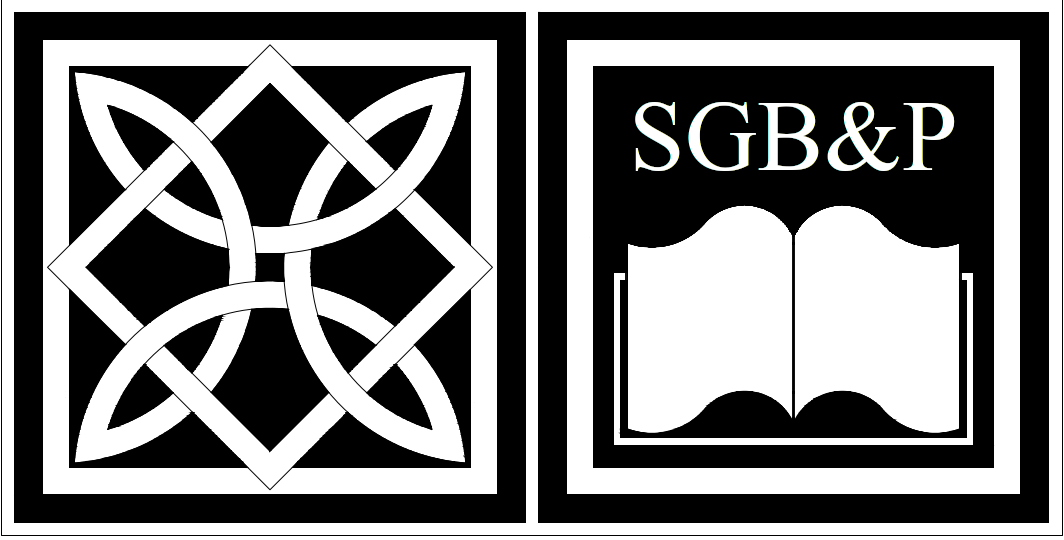Module 6 – (Spring semester) March 16 - April 17, 2026
Bookbinding Structures (18th – 19th Centuries) - Structure, Damage, and Restoration Treatments II
Module 6
Workshop, 100 hours
Structure of Bindings – Dismantling and Restoring Bookbindings
Instructor:
1) Identifying 19th century machine-made papers
Newsprint
Pulp paper
Kraft paper
2) Restoration of machine-made paper text block
Consolidation
Cleaning
Acidity treatment
3) Bookbinding types
Variations
Make facsimiles
Half binding
Quarter binding
Hollow back
Non-adhesive binding
4) Restoration of the bookbindings
Cleaning the spine
Restoration of cardboard
Restoration of the sewing – cut supports (double – single vegetable cords, raised/recessed supports)
Restoration of stuck-on end bands
Restoration of the cover spine
Flat spine
Raised bands
Restoration of the cover material
Restoration of leather
Restoration of paper cover
Restoration of textile
Restoration of decorated papers (marble, pasted, leather – textile imitation, etc.)
Field trips
Module 6
Theory class 1, 24 hours
Bookbinding Structures (18th & 19th Centuries)
Instructor:
1) Bookbinding types (18th & 19th centuries)
Variations
2) Structural characteristics of the 16th – 17th century leather bindings
End leaves
Sewing of the quires
Wood board
Card boards
Board attachments
Spine lining
End bands
Covering materials
Edges decoration
Cover decoration
3) Materials used in 18th – 19th century bindings - Chemistry and features
Animal skins
Cardboard
Glues
Metals
Adhesives
Textiles
4) Approaches to restoring bookbindings of 18th – 19th centuries
Archaeology of modern book bindings and restoration
Dismantling books
Partial dismantling
Restoration without dismantling
Replacing original binding
Partial replacement of original binding
Module 6
Theory class 2, 24 hours
Bookbindings (18th and 19th Centuries) – Materials, Deterioration Factors, Approaches to Restoration
Instructor:
1) Materials used in modern bindings – raw materials, chemistry, features, and conservation issues
Animal skins - leather, parchment
Paper and cardboard made from wood pulp
Vegetable fibers (linen, hemp, cotton, silk)
Decorated paper
Adhesives (gelatin, flour glue, etc.)
Textiles
Imitation
Metals
Pigments and gilding
Synthetic materials
Deterioration factors
Approaches to restoration
Restoration materials
Features, uses, issues

